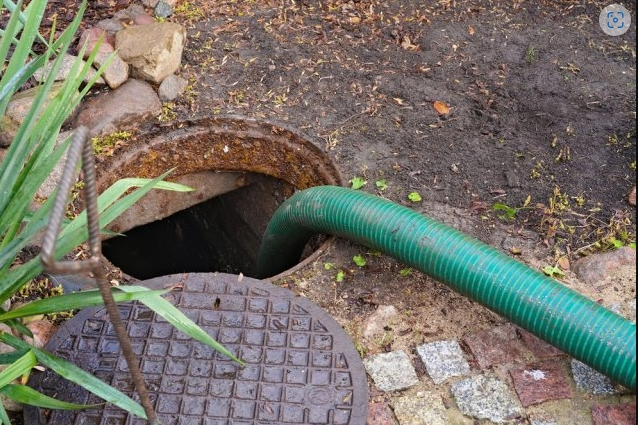Understanding Septic Pumps: A Comprehensive Guide
Introduction to Septic Pumps
Septic pumps are a crucial component of a septic system, especially in areas where gravity alone is insufficient to move waste. They are designed to pump sewage from a septic tank to a drain field, ensuring efficient waste management. Understanding the types of septic pumps, their functionality, and maintenance requirements is essential for homeowners and professionals alike.

Types of Septic Pumps
Submersible Septic Pumps
Submersible septic pumps are designed to operate while submerged in the septic tank. They are highly efficient and have a long life expectancy if maintained properly. Their main advantage is their ability to handle large volumes of waste without clogging.
Effluent Pumps
Effluent pumps are designed to handle clarified wastewater that flows out of the septic tank. They are typically used in systems where the drain field is at a higher elevation than the septic tank.
Grinder Pumps
Grinder pumps are equipped with cutting blades that grind solid waste before pumping. This type is ideal for systems that need to move waste over long distances or to higher elevations.
How Septic Pumps Work
Septic pumps are activated when the wastewater in the tank reaches a certain level. A float switch triggers the pump, which then moves the effluent or sewage to the drain field. This process is crucial for preventing tank overflows and ensuring the longevity of the septic system.
Installation and Maintenance
Professional Installation
Installing a septic pump is a complex process that should be handled by professionals. They ensure that the pump is correctly sized for the tank and that all components are properly connected and functioning.
Regular Maintenance
Regular maintenance of septic pumps includes cleaning filters, checking the float switch, and ensuring the pump is functioning correctly. This routine care is essential to prevent malfunctions and extend the life of the pump.
Common Problems and Solutions
Septic pumps can face several issues, such as clogging, motor failure, or electrical problems. Common solutions include regular inspections, avoiding flushing non-biodegradable items, and promptly addressing any signs of malfunction.
Choosing the Right Septic Pump
Selecting the right septic pump depends on several factors, including the size of the septic tank, the type of waste being processed, and the layout of the septic system. Consulting with a septic system professional can help in making an informed decision.
Environmental Impact and Regulations
Eco-Friendly Practices
Modern septic pumps are designed to be eco-friendly, minimizing the environmental impact of waste management. Homeowners should consider energy-efficient models that reduce electricity usage and carbon footprint.
Compliance with Regulations
It’s crucial to comply with local and national regulations regarding septic systems. This includes proper installation, regular maintenance, and using pumps that meet standard guidelines.
Conclusion
Septic pumps are an integral part of a well-functioning septic system. Understanding their types, operation, and maintenance is key to ensuring efficient and environmentally friendly waste management. Regular maintenance and professional consultation are essential for the longevity and effectiveness of septic pumps.